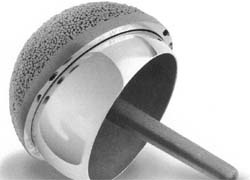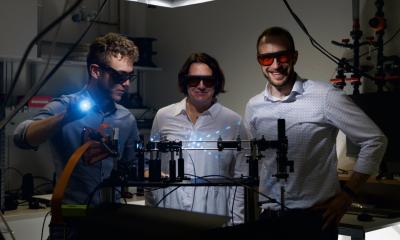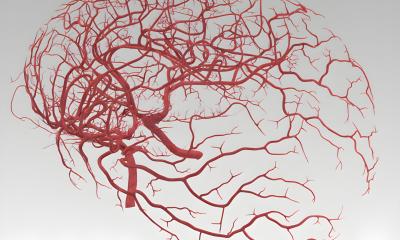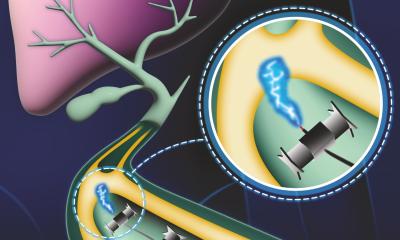Minimally invasive endoprosthetics
At the first international congress on minimally invasive hip and knee replacements (March 2003), Professor P Eysel, Dr D P Koenig and Dr F Popken, described their work on developing minimally invasive endoprosthetic surgical techniques
Early in the history of endoprosthetic hip and knee joint replacements almost exclusively had cement fixations. Now the objective is to replace only the areas of joints actually affected by arthritis and which cause a patient pain.

Apart from the conventional, cemented and non-cemented, fixed total endoprostheses, in our clinic we increasingly use a ‘resurfacing’ replacement as an alternative. A typical indication for this may be a young patient who has developed arthritis following an accident. In that case, it is initially sufficient to resurface the femoral head and replace the cup without cement fixation, to preserve as much bone substance for any subsequent surgery that may become necessary at a later stage.
For knee joints it is possible to only replace the particular part affected by arthritis with a small incision. We use unicondylar, a minimally invasive (MI) prosthesis that allows removal of as little bone as possible and, from a biomechanical point of view, facilitates a very natural joint movement. This implant can significantly shorten the time it takes to restore full functioning of the affected leg, as the MI procedure also enables early postoperative follow-up treatment.
The objective and focus of our working group is to improve implantation precision through navigated use of new generation prostheses, whilst minimising access trauma. For knee joints we studied synthetic and cadaver bones, to compare the precision of the different navigation procedures and for comparison with conventional saws. With implantation of hip resurfacing prostheses, we have succeeded in placing the guide wire (which must be inserted centrally into the femoral neck) with the new navigation procedures in actual surgery. The concrete aim of our research is the development and clinical realisation of the complete navigation for the prostheses mentioned. At the same time, we plan to minimise the access areas needed for prostheses implantation, due to the surgeon gaining better orientation from the navigation system.
30.04.2003










